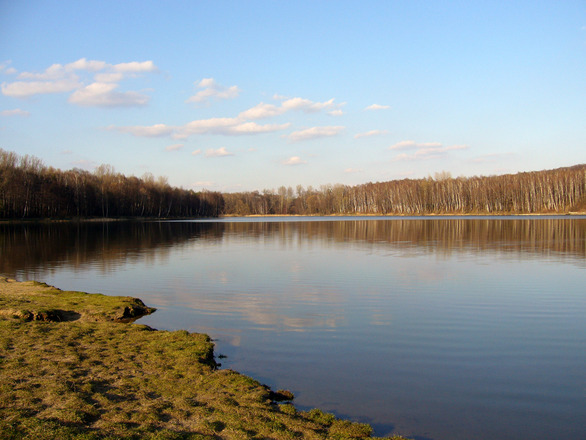With more than 30 years’ experience in the residential and commercial water treatment industry, Mark Nelson is a Class 1 Drinking-Water Operator and a CBWA (Canadian Bottled Water Association) Certified Plant Operator. As founder and president of Nelson Water in Ottawa, Mark focuses on dealing with challenging water treatment system designs for problem water. He also heads the largest water bottling plant in the city of Ottawa with a delivery network throughout the Valley.
In a perfect world, all of us want to enjoy a glass of clean, refreshing water without any safety concerns, but for many, even in Canada, that is not always possible. We all know about the obvious sources of contaminated and visibly dirty, unhealthy water in third world countries, but we often have no idea that even here in Canada (a 1st world industrialized nation,) we are not entirely safe. There are many contaminants that we need to be aware of, and one of the worst is arsenic. In this article, we will take a closer look at why Arsenic is so dangerous and how we can remove it from our water supply.
So What Exactly is Arsenic?
Arsenic is a metalloid, chemical element with the symbol As. It occurs in minerals, usually in combination with sulfur and metals, but also as a pure elemental crystal. Arsenic is primarily used as a wood preservative, but it is also used in fertilizers, and animal feeds on farms. More significantly it is a contaminant that can enter our drinking water supply from naturally occurring deposits and/or agricultural and industrial runoff. Another common source of arsenic is when deposits underground are disturbed by mining operations causing them to break up and enter the ecosystem. Arsenic can affect human health badly even at low levels of exposure, so it’s a good idea to remove it from our water supplies.
Is Arsenic Dangerous?
There are both short and long terms effects than can result from ingesting arsenic in drinking water. The short-term outcome can be apparent within even a few hours after consumption. Longer term effects may become evident within months or years as chronic disorders. Arsenic has been linked to numerous physical manifestations, such as nausea, diarrhea, vomiting, partial paralysis, skin disorders and in extreme cases even blindness. Arsenic exposure has also been associated to various cancers, such as lung, bladder, kidney, prostate and skin cancer.
As bad as the short and long-term health effects are, they are exacerbated due to the fact that arsenic is very hard to detect. This chemical metalloid has no perceptible taste, color or odor that would alert one to its presence. The only way to be sure that you have arsenic in your drinking water is to have a laboratory test it.
Are there Safe Limits with Arsenic?
Limits for Arsenic have been set. Typically .010 parts per million or LESS in potable water. Included in this limit are the organic and inorganic forms of arsenic that may be present.
It is estimated that globally 100 million people are exposed to hazardous levels of arsenic. This is particularly prevalent in Southeast Asia, particularly in India and Bangladesh. Even here in North America, we have had arsenic outbreaks, the last large one being in 2004 in the Unites States, where arsenic was scattered by the wind from a South Minneapolis pesticide plant. The cleanup from this event took over five years to carry out, and over 700 homes were affected. Thankfully we have not had incidents of that magnitude lately in Canada.
If you’re worried that you may have elevated levels of arsenic in your water supply, talk to your local water treatment specialist. There are filtration systems available that will address the problem or Arsenic in water and improve your water quality. Only contact a water treatment professional that is fully CWQA certified as this will ensure that they can meet and even exceed water industry standards.

